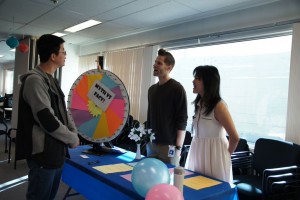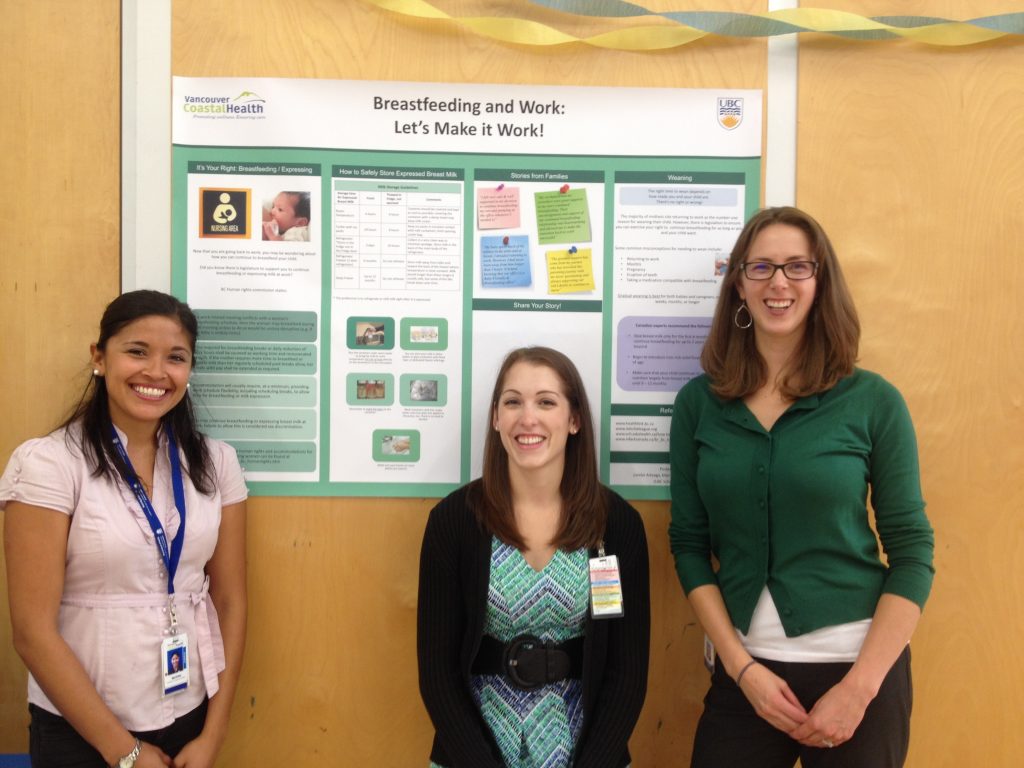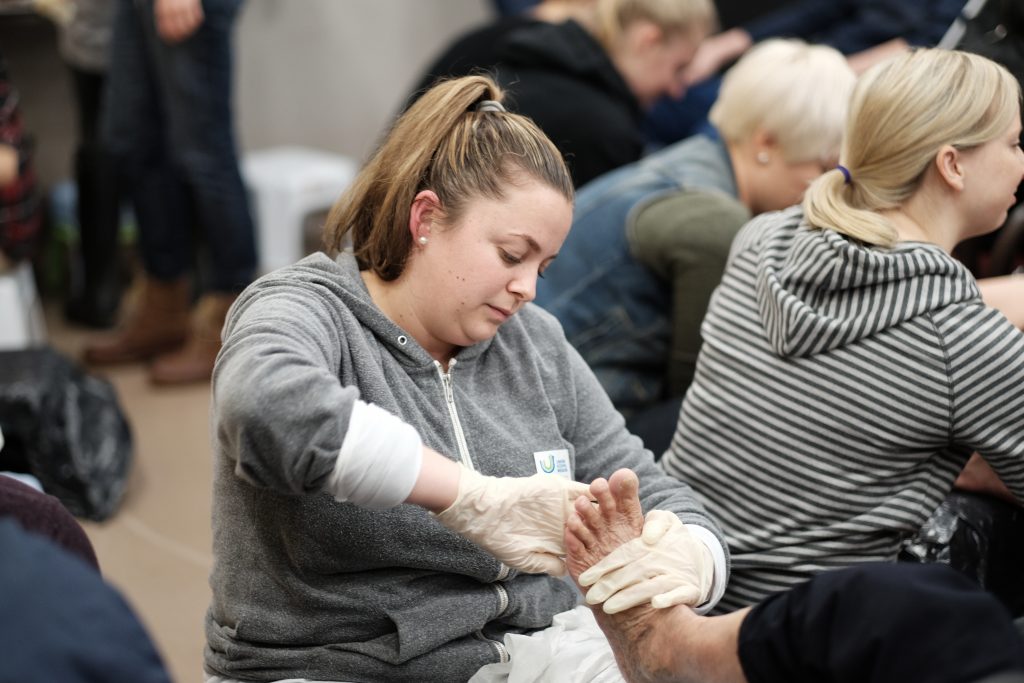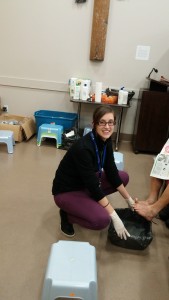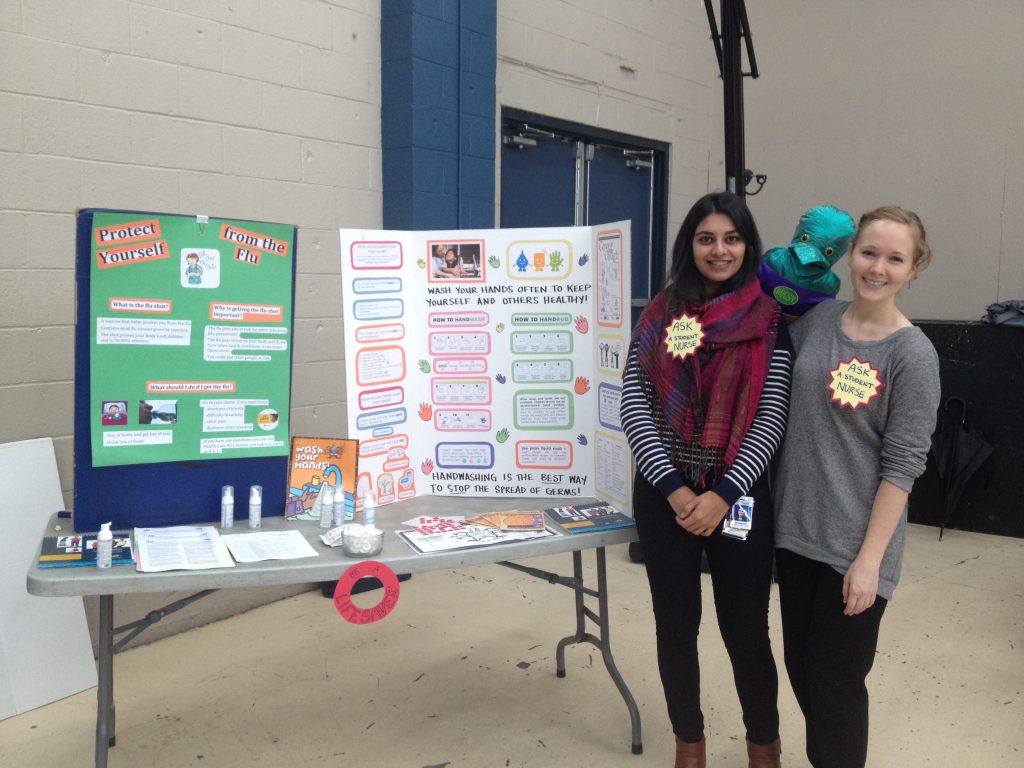By GISELE DA SILVA
Do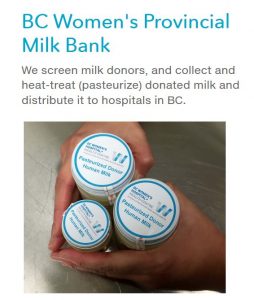 nated milk is essential to the care and healing of premature and very sick babies in neonatal intensive care units (NICUs). For over 40 years, the BC Women’s Provincial Milk Bank has been accepting breast milk donations for use with their tiniest and most vulnerable patients. Demand regularly outpaces the supply, and they are always eager for new donors.
nated milk is essential to the care and healing of premature and very sick babies in neonatal intensive care units (NICUs). For over 40 years, the BC Women’s Provincial Milk Bank has been accepting breast milk donations for use with their tiniest and most vulnerable patients. Demand regularly outpaces the supply, and they are always eager for new donors.
However, donating was challenging for many families as the only way to donate was to drop off breast milk in person to BC Women’s directly. To make it more convenient for those who wished to donate, Vancouver Coastal Health opened several breast milk depots around the Lower Mainland in the summer of 2016, including one at the Richmond Health Unit. (http://www.vch.ca/locations-and-services/find-health-services/?program_id=14973) Thanks to the opening of the Richmond Breast Milk Depot, donating breast milk became easier and more convenient than ever.
But how to spread the word? To coincide with World Breastfeeding Week, UBC Nursing students worked with Richmond Public Health Unit staff and BCIT students on a social marketing campaign to highlight the importance of breastfeeding and to promote the milk depot. Students designed posters for distribution, designed display boards for public high traffic areas, and produced information packages for local physicians and pharmacies promoting the milk depot. By participating in this project, students learned to apply principles of health teaching and social marketing, taking into consideration the variety of people they wanted to reach.
The work paid off. The Richmond Breast Milk Depot is now the largest recipient of breast milk in the Lower Mainland!
 Follow
Follow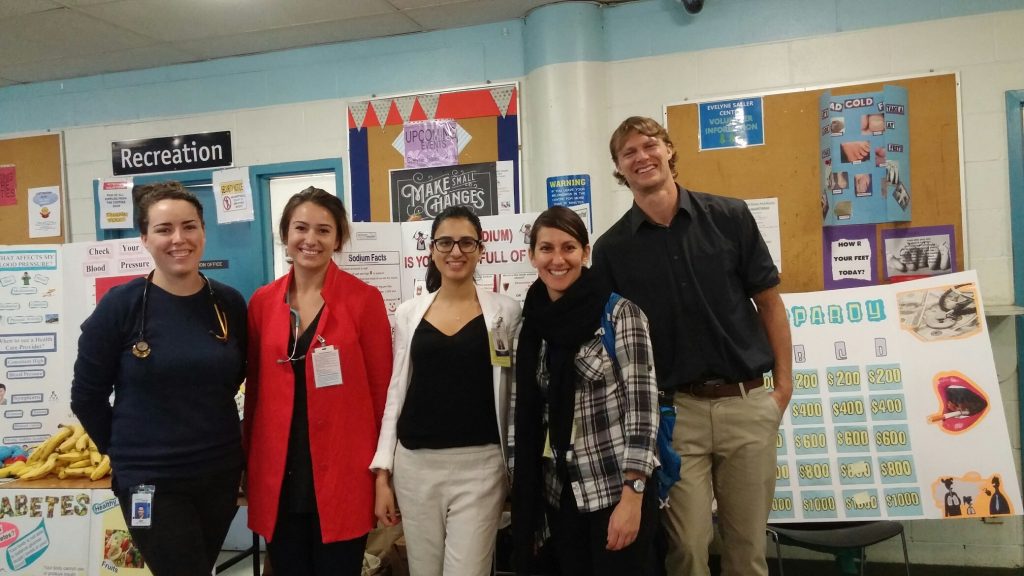
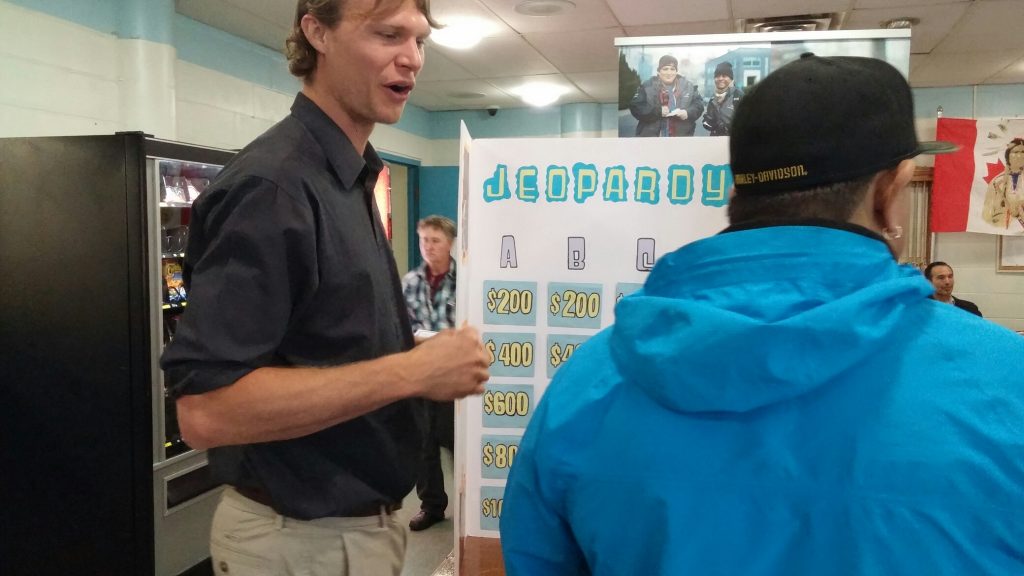
![5IExquw8kT6ULwViQIouvbOW7modmOcaQkRcYaHMe00,9QT-66ek1FN_Fx_cb-zYDQXsqX9z14fZ7-tbxq7sQgQ[1]](https://blogs.ubc.ca/teachingmatters/files/2016/01/5IExquw8kT6ULwViQIouvbOW7modmOcaQkRcYaHMe009QT-66ek1FN_Fx_cb-zYDQXsqX9z14fZ7-tbxq7sQgQ1-300x199.jpg)
